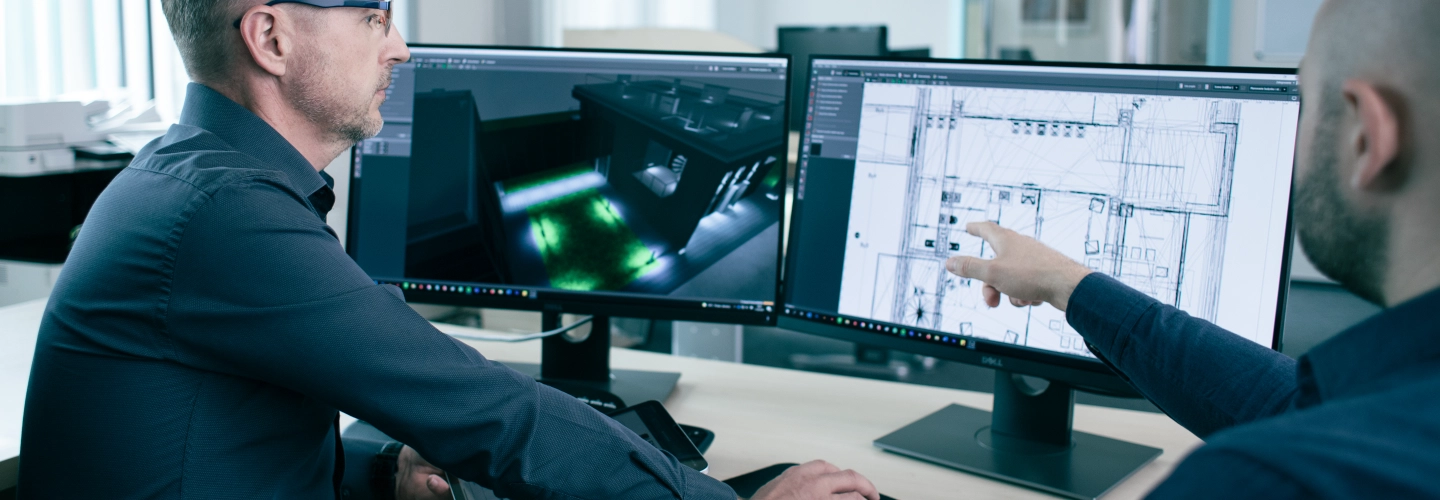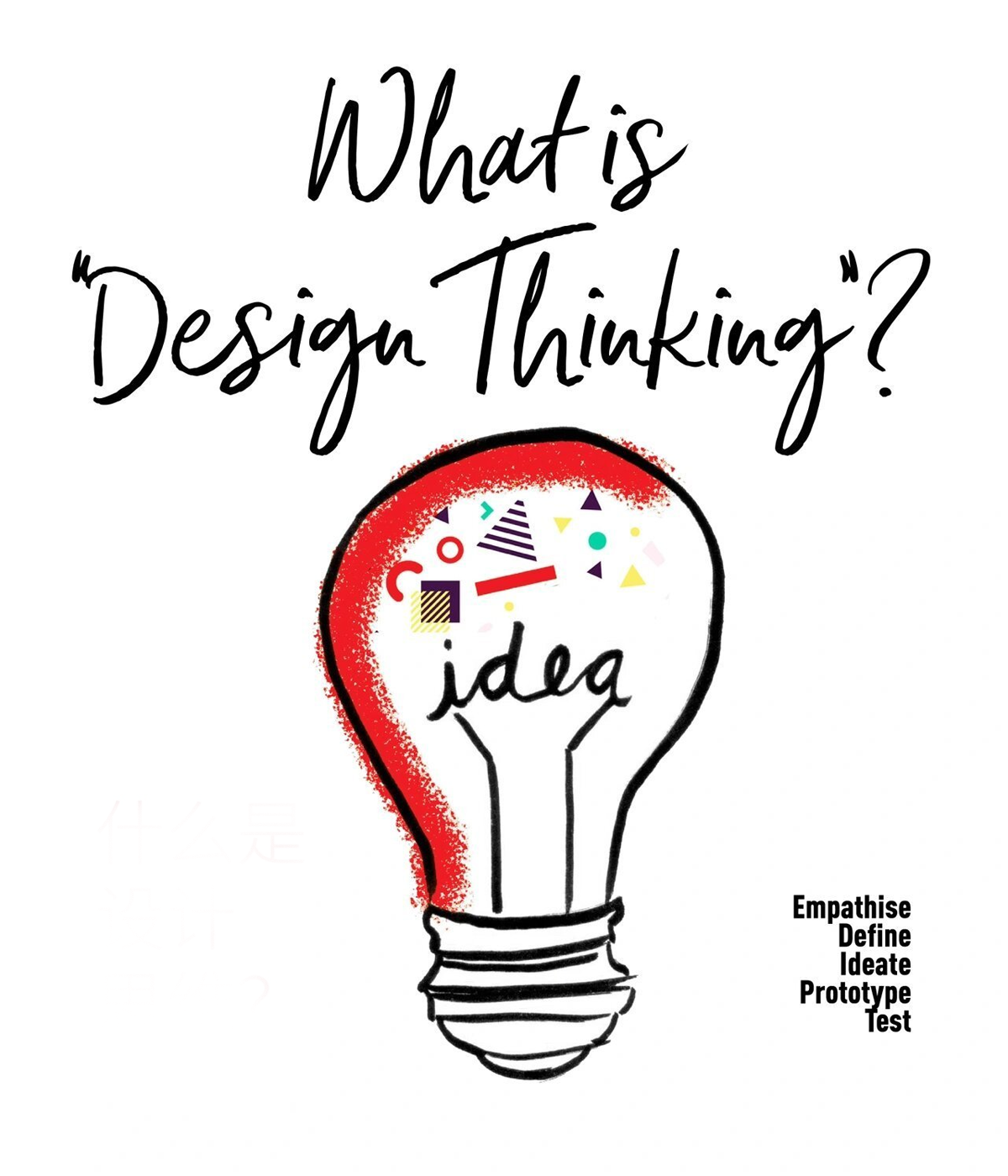Design Thinking: Reframing Innovation Based on User Needs
The current design field is undergoing a profound transformation, a core shift that prioritizes users and focuses on their individual needs. This shift requires transcending traditional problem-solving frameworks. Design thinking offers this holistic perspective, allowing designers to deeply engage in the creative process—through in-depth interviews to uncover underlying user needs, leveraging diverse creative approaches to build project frameworks, and ultimately ensuring that venues and products precisely align with people's lifestyles.
Lighting Designer): The Core Principles of Design Thinking
Design thinking is fundamentally an innovative philosophy that consistently prioritizes respecting user needs and solving their real-world problems when developing new projects and services. This approach goes beyond optimizing a single product and focuses on building complete solutions, striving to achieve optimal results. Its core objectives can be summarized in three key points:

A comprehensive understanding of user needs, even subtle ones, even those that users themselves may not be aware of;
Analyzing problems from multiple perspectives, proactively exploring novel and unique solutions, and particularly encouraging cross-disciplinary approaches that may seem unrelated to the topic;
In-depth collaboration with users during the prototyping phase ensures that the design direction aligns with user expectations. The ultimate goal of this type of practice is to create designs that truly satisfy users, provide long-term value, and fully meet their needs. At the same time, the design must also consider both technical feasibility and financial feasibility to ensure that the ideas are relevant to the real-world scenario.
The Origins of Design Thinking: An Innovative Approach Born from Practice
Where did the innovative methodology of design thinking originate? And what real-world needs did it address? Back in the 1980s and 1990s, in sunny California, the heart of Silicon Valley's vibrant technological innovation and a hotbed for the collision and integration of creative ideas, design thinking was born. Stanford University Professor David M. Kelley is one of the core founders of this approach, and its genesis is closely tied to a real-life client collaboration.
A client approached the studio with a preliminary concept, initially simply wanting an aesthetically pleasing house. However, late in the project, the designers proposed a series of groundbreaking optimization solutions, but due to inadequate early communication and other issues, they were not implemented. It was this experience that made David M. Kelly realize that designers need to be deeply involved in projects from the conceptual stage, maintaining close communication with the team and client. This became a crucial catalyst for the development of design thinking.

Design Thinking Practice Steps: The Complete Process from Insight to Implementation
Empathetic Insight Phase: The core task of this phase is to deeply understand the user's behavioral motivations and practical problems. To achieve this, contextual analysis can be used to observe the user's environment, or ethnographic interviews can be conducted to deeply explore their real thoughts. It is important to maintain meticulous and objective observations, as users are often unaware of potential opportunities in their own habits to optimize their work experience.
Problem Definition Phase: In this phase, all the information collected in the first phase is systematically sorted and refined to ultimately identify the core problem to be solved. This is a challenging task: prematurely defining the problem scope may limit the scope of subsequent research; while excessive time spent on the definition phase can increase project costs and hinder efficiency.
Creative Conception Phase: This phase requires unconventional thinking to approach the problem. In addition to relying on solid professional knowledge and prior experience, it's also crucial to fully mobilize creativity while maintaining an open mind and actively accepting constructive criticism. Upon completion of this phase, the optimal design direction must be identified as the foundation for subsequent prototype development.
Prototyping Phase: Creating a physical model doesn't necessarily mean creating a prototype that closely resembles the final product. The key to this phase is to clearly convey the underlying design concept through the prototype, allowing users to accurately understand the core of the idea and, based on this, provide suggestions for further optimization.
Testing and Validation Phase: Validating design ideas in real-world user scenarios is a complex, multifaceted process. This process requires coordinating with stakeholders from various fields, including administrative, legal, and technical, and fully engaging with all parties. Only after this comprehensive testing phase can a service be determined to be ready for final implementation.
Design Thinking Practice Lessons
From the practice of design thinking, we have gained a key lesson: the core value of design thinking lies in introducing innovative and unconventional solutions to precisely meet user needs. This is particularly true in areas where there are currently no clear solutions, where its advantages are particularly evident. Design thinking has gained widespread recognition precisely because it deeply integrates knowledge from multiple disciplines, including psychology, sociology, economics, ecology, and technology, forming a comprehensive and systematic methodology.
Application of Design Thinking: The Example of Office Design
Office design is one of the best examples of the operational logic and practical application of design thinking. As a shared space for diverse users, offices accommodate people with different work styles. Therefore, office design must not only pursue visual aesthetics but also meet employees' practical work needs and adapt to their daily activities. It must also embody the company's brand image and core values. To achieve this, a cross-disciplinary approach must be adopted, with interviews conducted at all levels of the company to gather input from diverse stakeholders. Every piece of feedback and suggestion is valuable and ultimately contributes to the project's success. Furthermore, it is important to understand that every office has its own unique operating model, and there is no "standard design solution" that works for all scenarios.
In office design, it's common to see "ideal spaces" created through various approaches only to fail to be effectively used by employees. The failure of such projects is often not due to technical flaws or inherent design issues, but rather to constraints within the company's culture. For example, in a hierarchical, strictly managed work system, employees tend to prioritize privacy and security during their work. Forcibly creating open workspaces in these situations is clearly incompatible with practical needs and unlikely to gain employee acceptance.
It's worth noting that the value of a well-functioning office isn't solely determined by carefully selected office furniture. Employee well-being at work is influenced by a variety of factors, including effective lighting, good indoor air quality, and a comfortable temperature. Furthermore, employees' demands for an office environment extend to areas like green landscaping, relaxation areas, and bicycle parking—this clearly demonstrates that office design must adopt a holistic, comprehensive approach to truly create a space that meets user needs.
Applying Design Thinking in Lighting Design
In the field of lighting, creating high-quality lighting solutions involves more than simply understanding the spatial structure. Truly successful lighting design requires a deep understanding of the users' actual needs within the space. Only by deeply integrating the characteristics of the space with user needs can we create lighting that is both practical and user-friendly.

